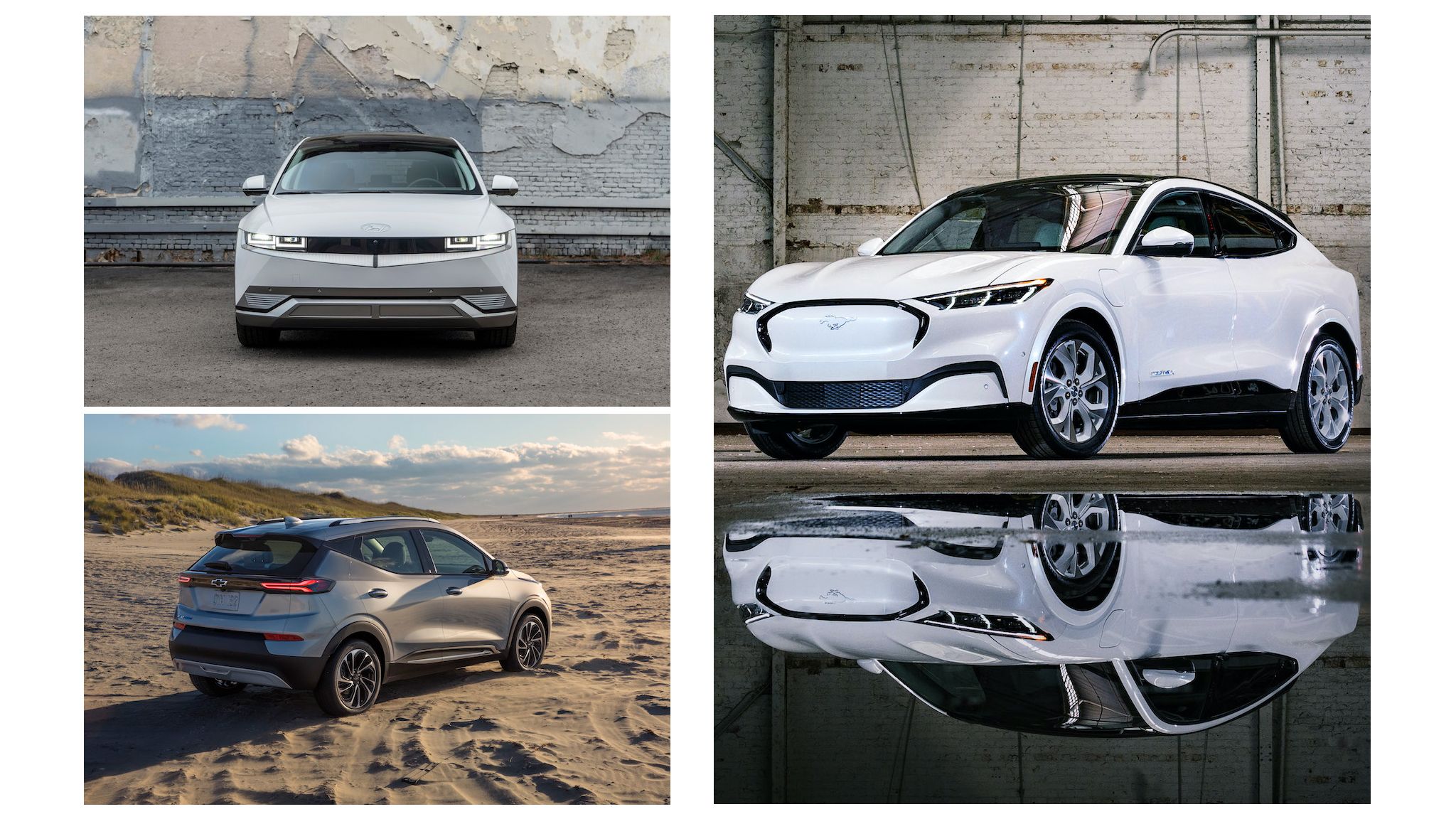Electric vehicles (EVs) have been making waves in the automotive industry over the past decade. With their eco-friendly features and innovative technology, they have become a significant player in the future of transportation. But how can you recognize an electric vehicle, and what sets them apart from traditional gasoline-powered cars? In this article, we will delve into the distinctive characteristics of EVs, shedding light on the signs that distinguish them from their conventional counterparts.
How Can You Recognize an Electric Vehicle?
To identify an electric vehicle, look out for these key characteristics:
- Silent Operation: One of the most noticeable features of electric vehicles is their near-silent operation. When an EV is in motion, it makes little to no noise, unlike the internal combustion engine of a traditional car. This silence is due to the absence of a conventional engine, making the streets quieter and more peaceful.
- Electric Charging Port: Electric vehicles are equipped with a charging port where you can plug in to recharge the batteries. These ports are usually located on the front or sides of the car. In contrast, gasoline cars have a fuel filler cap.
- Lack of Tailpipe: Traditional cars emit exhaust gases through a tailpipe, but electric vehicles don’t have one. EVs produce zero tailpipe emissions, making them an environmentally friendly choice.
- Regenerative Braking: Electric vehicles often use regenerative braking systems to capture and store energy when the vehicle slows down. This technology contributes to better energy efficiency and distinguishes them from conventional cars.
- No Gas Cap: Electric vehicles don’t have a gas cap, as they don’t require gasoline. This is another clear sign that you’re looking at an EV.
- Electric Badging and Emblems: Many electric vehicles proudly display badges or emblems that indicate their electric nature. Look for logos like “EV,” “Electric,” or the manufacturer’s unique branding for electric models.
- Different Dashboard Indicators: The dashboard of an electric vehicle often features unique indicators related to battery charge and energy usage. You might find a battery icon or a range estimate, showcasing the remaining electric power.
- Unique Exterior Styling: Some electric vehicle models have distinctive exterior designs. They may have aerodynamic features and sleek, modern aesthetics that set them apart from traditional cars.
- Electric Vehicle License Plates: In some regions, electric vehicles are issued special license plates, making them easily recognizable to law enforcement and other drivers.
- Charging Stations: When you spot an area with designated charging stations or public charging infrastructure, you’re likely to find electric vehicles nearby.
Why Electric Vehicles Are the Future of Transportation
Electric vehicles offer numerous advantages that make them the future of transportation:
- Environmental Benefits: The most significant advantage of electric vehicles is their reduced environmental impact. They produce zero tailpipe emissions, which helps combat air pollution and reduce greenhouse gas emissions. This is crucial in the fight against climate change.
- Energy Efficiency: Electric vehicles are incredibly energy-efficient. They convert a higher percentage of the electrical energy from the grid into power at the wheels, in comparison to the energy lost as heat in traditional gasoline engines.
- Lower Operating Costs: EVs have lower operating costs because electricity is generally cheaper than gasoline. Additionally, electric vehicles have fewer moving parts, resulting in reduced maintenance and repair expenses.
- Government Incentives: Many governments around the world offer incentives to promote electric vehicle adoption. These incentives can include tax credits, rebates, and access to carpool lanes, making EVs more attractive to consumers.
- Quiet and Smooth Ride: The silent operation of electric vehicles provides a quieter and more comfortable driving experience. This feature is especially appreciated in urban environments where noise pollution is a concern.
- Reduced Dependence on Fossil Fuels: Electric vehicles help reduce our dependence on finite fossil fuel resources, leading to greater energy security and a more sustainable future.
- Innovative Technology: EVs often come equipped with advanced technology, including regenerative braking, smartphone apps for remote control, and autonomous driving features.
- Global Automaker Investment: Major automakers are investing heavily in electric vehicle technology, signaling a long-term commitment to sustainable transportation.
- Growing Charging Infrastructure: The expansion of charging infrastructure is making electric vehicle ownership more convenient. As the charging network grows, the range anxiety associated with EVs diminishes.
- Range Improvement: Electric vehicle range is continually improving, with some models now capable of traveling over 300 miles on a single charge. This makes EVs a viable option for long-distance travel.
Read too:
Conclusion
In summary, recognizing an electric vehicle is quite straightforward once you know what to look for. From their silent operation to the presence of a charging port, EVs have several distinctive features that set them apart from traditional gasoline-powered cars. As electric vehicles continue to gain popularity, their numerous advantages, including environmental benefits and lower operating costs, make them a significant part of the future of transportation. Embracing this technology not only contributes to a more sustainable world but also provides a quieter and more enjoyable driving experience.

